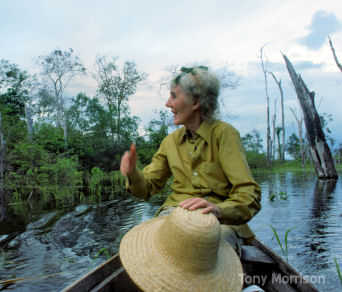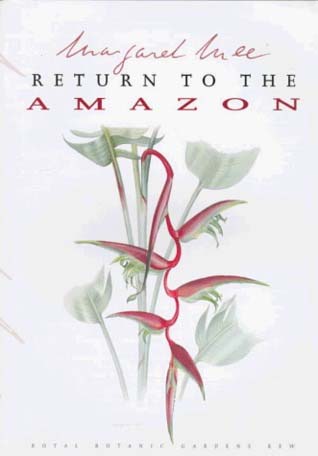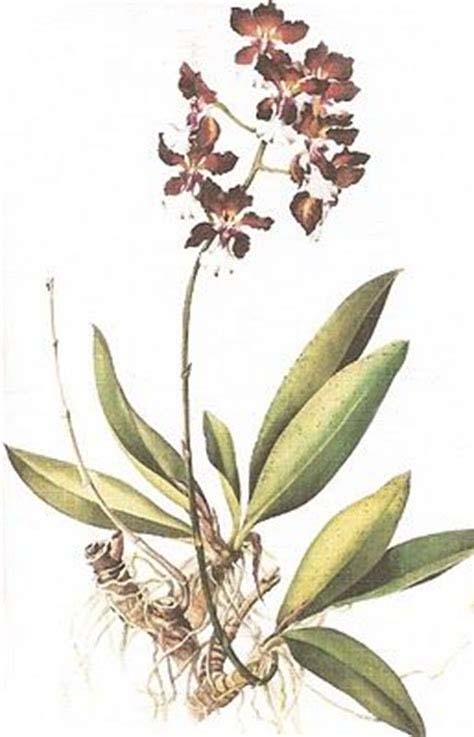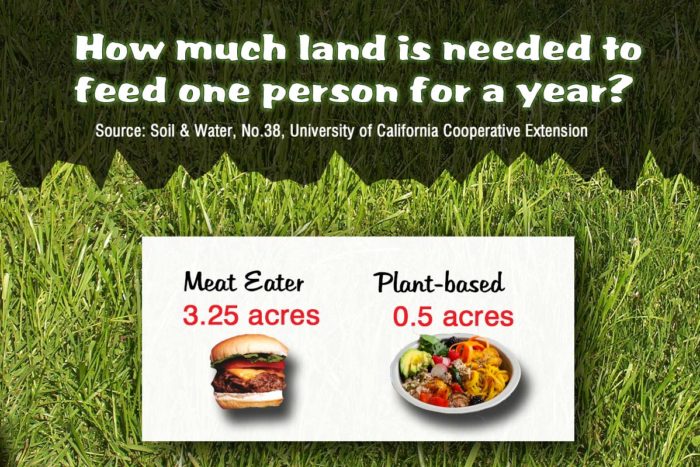
Everything is Connected
The world of orchids, and the importance of protecting their habitat, became an important part of my life when I was introduced to these beautiful plants during my five-year assignment in the Philippines, as an engineer with Texas Instruments. Species from the surrounding area were readily available in the markets, but I also found many species which normally grow in cooler climates. Locals brought these orchids down from the mountains to sell. With such a variety to choose from, I soon found myself building a collection, and then a greenhouse which was little more than a screened-in porch. Dendrobiums, Vandas and Phalaenopsis species were my fascination and to this day, an irresistible, nostalgic lure anytime I see them at shows.
A bad case of orchid fever
When I returned from the Philippines in 1985, I expected my severe case of “Orchid Fever” to subside. But I learned that, like with so many serious infections, the symptoms subside, but remain dormant, only to be reactivated later. For me this happened with a trip to the Missouri Botanical Gardens soon after they had a 60 -painting exhibit of Flowers from the Amazon Forests by the English artist, Margaret Mee. I purchased a full-sized print of her Catasetum saccatum painted in 1977. Thus, began my desire to draw and paint orchids.
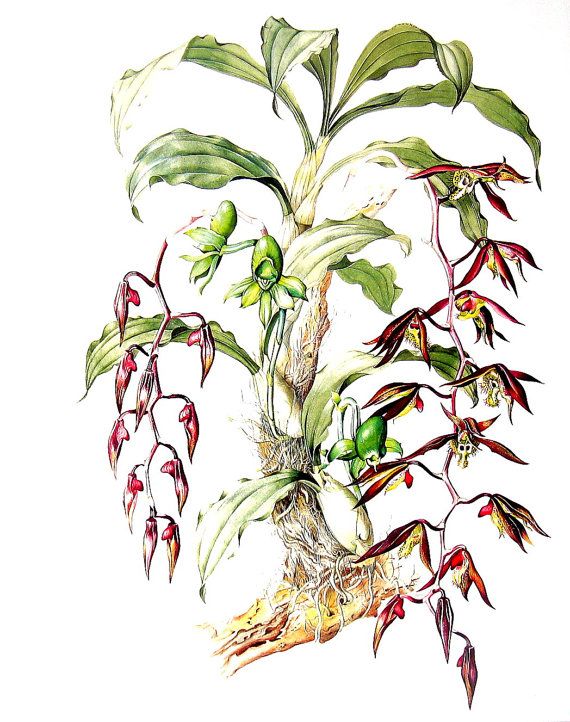
An early wake-up call about Amazon deforestation
After reading Mee’s diaries, published in 1988, inn which she chronicled the 15 trips into the Amazon and her perceptions of that environment over her 30 years in Brazil, I became even more intrigued with this remarkable woman. She writes in her diaries that when she arrived in Brazil in the 1950’s, the rubber boom was subsiding. However, a renewed demand for latex as well as demand for cattle ranching plus gold and other ores found in that country, soon surpassed even the rubber boom’s devastating damage to the rain forests.
The introduction to her published diaries includes a letter from Prince Philip, Duke of Edinboro, focusing almost entirely on the Amazon’s destruction. During 1987, the year before the diaries were published, almost 80,000 square miles of rain forest were burned during the August-October burning season.
It needs the eyes and the talents of an artist to make that scale of destruction comprehensible to the human mind. Margaret Mee’s brilliant illustrations of the flowers and plants of the Amazon, together with her acute observations over many ears, so well recorded in her diaries, contrasts vividly the beauties of a particularly rich natural environment with the horrors of indiscriminate human interference.
from a letter by Prince Philip, Duke of Edinboro
That wake-up call came thirty years ago, and unfortunately, it did not deter further destruction. In reality, what was happening at that time seems relatively benign compared to what is happening in today’s world.
A second trip to the Amazon
In 1962, Margaret Mee made here second journey into the Amazon, this time into Mato Grasso which means “denser forest”. She partnered with an ethnographer from National Geographic to visit the indigenous people living there, her main goal being to paint orchids and bromeliads. Were she alive today, she would surely be dismayed to learn that giant agricultural companies like Cargill and Bunge have developed soy adapted to the plains of Mato Grosso, and that much of the area has been converted into giant soy monocultures.
China, Europe and North America are the source of demand for 90% of the soy exported from this region, requiring the destruction of half of the Cerrado’s forests. Three quarters of all soy produced worldwide goes to feed animals raised for food. The amount of farmland that has replaced rainforests would cover an area equivalent to the combined size of the whole of the countries of Germany, France, Belgium, and the Netherlands.
Consequences of industrialization
Granted, Mato Grosso is large and consists of more than the flatlands of the Cerrado. It includes the world’s largest wetland and is home to 5% of the world’s species. The industrialization of agriculture brings with it large-scale use of pesticides and fertilizers. These chemicals affect not only the health of the indigenous population still living and working there, but also results in harmful runoff that finds its way into the Amazon river region to the north. The loss of rain forests to agriculture is very visible. What is not easily visible is the wide-spread damage caused by industrial chemicals, and the subsequent loss of biodiversity.
Margaret Mee made a total of 15 journeys into the Amazon, painting some of the most spectacular scenes of the vast diversity of the floral life found there. Her legacy serves as a call to all of us, to more fully appreciate nature in the way she certainly did. Mee’s efforts at conservation became her life.
For us orchid growers rain forest conservation is a concern; perhaps more than the general population we appreciate the marvels of nature. When it comes to orchid conservation, we want the natural habitats of orchids to be preserved. Indeed, we raise funds annually to buy and protect lands in conjunction with high species content — projects identified by Rainforest Trust or the Orchid Conservation Alliance.
Despite deriving a degree of comfort from the success of these efforts, we still have to contend with the constant reminder of this giant machine of industrialized agriculture that is seemingly out of control and is playing havoc with our environment here at home, not only in orchid habitats.
The function of this giant industrial machine is to make profits from the natural resources, and from local labor, available at little or no cost. Whatever demand exists, this machine will do everything possible to meet it. The three major threats to our biosphere are fossil fuel consumption, deforestation and animal agriculture. One would like to think that by decreasing our demand for products which cause environmental destruction we could lessen the damage to our planet. The problem is that our consumption patterns are hard-baked into our current economic system.
Nothing changes until something changes
Even when we know that our daily actions contribute to the devastation, few of us are willing to make the needed changes. It is well known that a plant-based diet promotes better physical health, and also requires far fewer resources. However, only a small percentage of people in western countries are willing to make the change. Perhaps the chart below would provide the needed motivation.
Until we transition into an economic system that respects all of nature humanity cannot survive. One concept which has received attention is the concept of ecosocialism which goes beyond the Green movement and necessitates a revolutionary reconstruction of society at large. As explained by one of its proponents, John Bellamy Foster, “Ecosocialism is based on the dual necessity of substantive equality and ecological sustainability.” This just might be worth a try as we could use a healthy dose of both.

